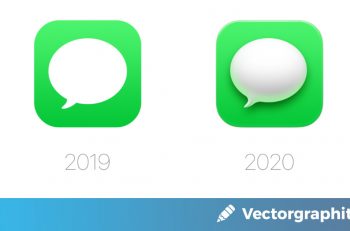Blogs have been around almost as long as the Internet itself. Initially used as a creative outlet by a relatively small circle of people, they have gradually evolved into something bigger.
Blogging grew up along with the World Web community and turned from a niche hobby into a powerful marketing tool. This activity can even bring income to anyone who knows what they are doing.
The logistics behind maintaining and designing a blog have changed from the intuitive experimental approach to the scientific stats-based one.
One of the main factors that contribute to the engagement of readers is its UI and UX. The user interface is a window that connects readers with the blog’s content. And as such, this is a very important part of the reading experience.
Know Your Audience
Understanding the wants and needs of your audience is the principle that lies at the very core of marketing. The UX design is no exception in this regard.
In order to successfully implement and use a UX design scheme, you have to find definitive answers for a number of questions:
- Who are the readers of your blog?
- What is it they want?
- How can you provide them with what they want?
- How can your interface reflect this?
Answering these questions might not be an easy task. Especially when it comes to the last one. Some things work better than others, and you might have to constantly go through multiple iterations oа design, trying to adapt to the ever-changing digital world. And it may well take a significant chunk of your time to figure this out.
This can quickly become a problem, especially if you’re just starting in the world of blogging and are forced to juggle your job or studying with blog maintenance. Until you feel confident in your product, you shouldn’t neglect any aspect of your life.
If you feel like you lack time, energy, or skills, here’s a way out. Consider getting some help from outside writing services to take care of your academic chores. You can even delegate composing an article or two to the experts.
The time you get can be well-spent on gathering information about your readers and how they interact with a website. After all, there is no one who understands your audience better than themselves.
Gather stats using your site, engage visitors with surveys, try different UX approaches. The results of this sort of work will eventually pay off.
Keep It Familiar
UI (as in user interface) design has been replaced by UX (as in user experience) design. Its main goal is not to make the prettiest looking buttons, but to actually guide readers through your blog through clever element placement.
It’s true that this thing is relatively new and has plenty of room for experiments. But attempting to reinvent the concept is one of the most common mistakes UX designers make.
If your goal is to maximize the audience engagement, don’t try to go off the beaten path. There are plenty of designs that work well. And the fact that these are used in almost every major blog isn’t a disadvantage.
Take an existing UX design you like as a base and make some minor tweaks to fit your needs – minimum effort for maximum effect.
Go With the Flow
When researching web design, you’ll frequently see people referencing ‘the flow.’ It’s an abstract but a very important concept that basically defines how smoothly users can travel through your site.
Think of it as of the type of terrain. Walking on the pavement while surrounded by clear but not intrusive signs is way easier than trying to make your way through the labyrinth knees-deep in a swamp.
There are several tricks that you can use to simplify navigating through your blog. First of all, use visual queues. Important information should be written in a bigger font or otherwise highlighted.
The main contents of the page should be easy to find and not overshadowed by flashy ads. Avoid creating pages that have no links to other parts of your website. These make your visitors jump through extra hoops if they want to proceed further. This, in turn, can make them close the page altogether.
Instead, try putting links to similar articles at the end of each of the segments. Once the audience is done reading one piece, they shouldn’t go far looking for more.

Final Words
Blogging is a fair game for both established influencers and regular people who are just starting their journey.
The only qualifier is having enough will and extra time to invest in your blog. You have just as much of a chance of growing an audience and making it to the big leagues as anybody else.




